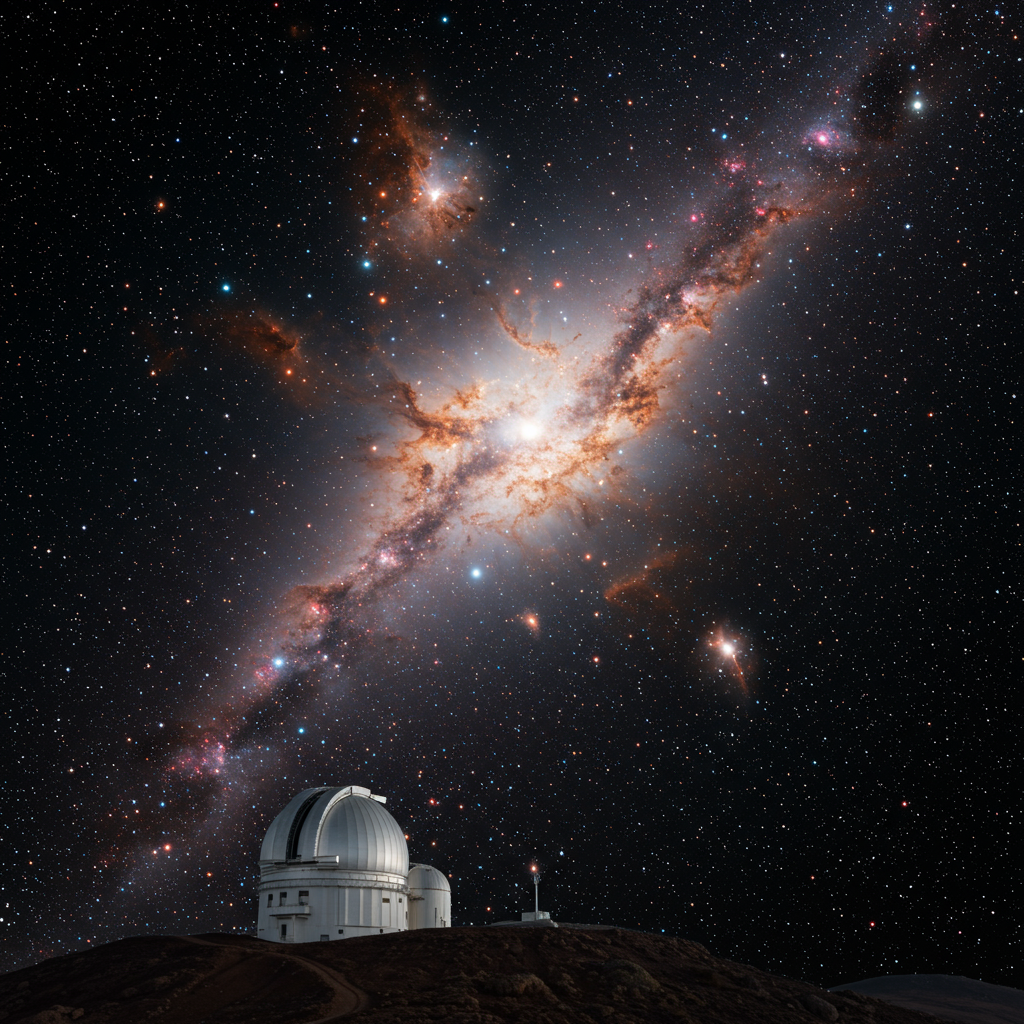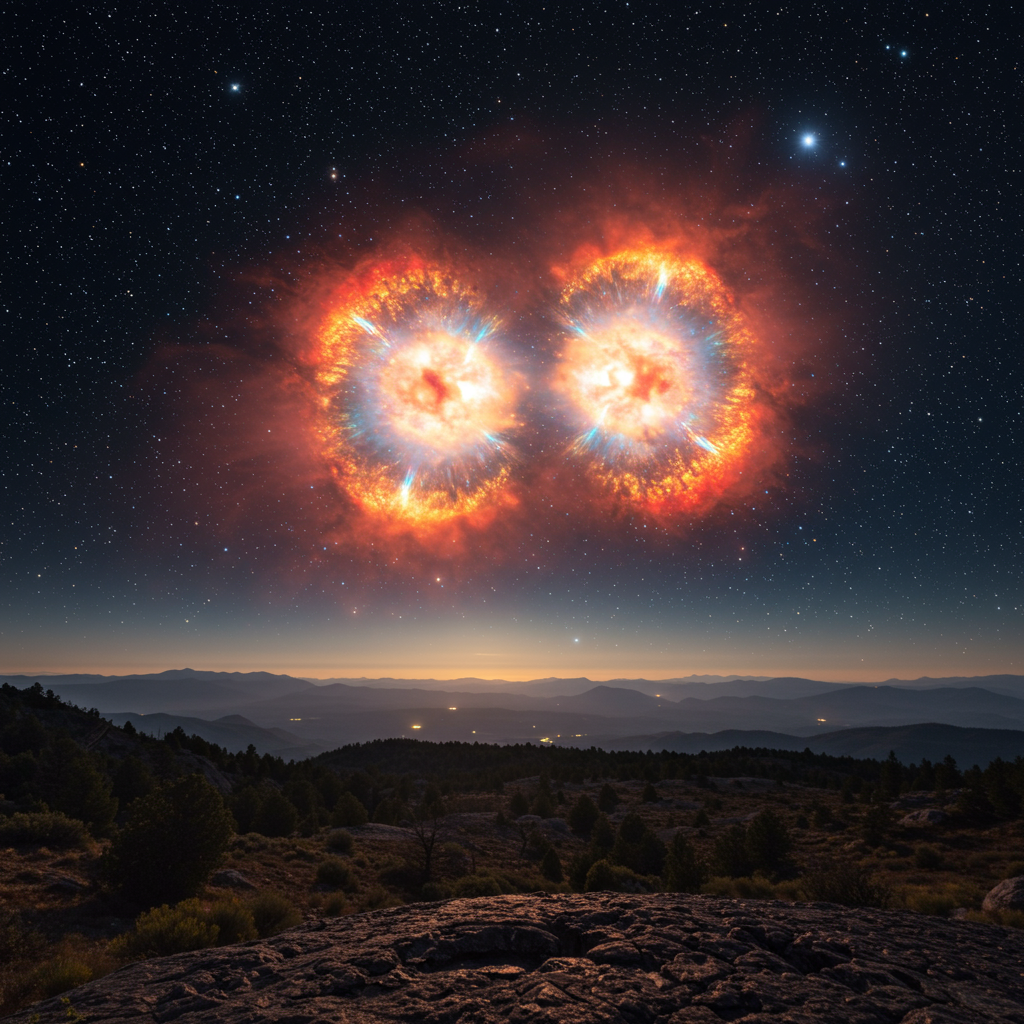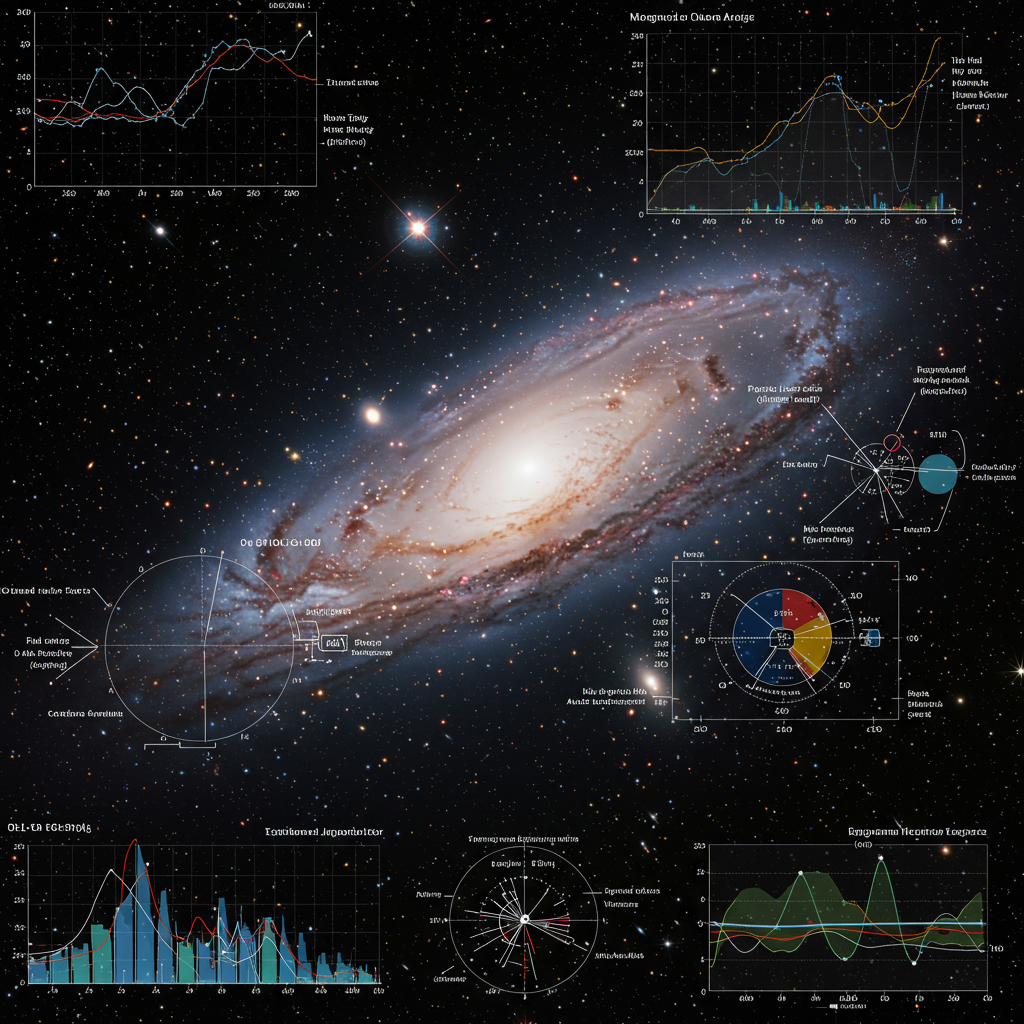A new era in astronomy has officially begun. The Vera C. Rubin Observatory, a revolutionary telescope perched atop a mountain in Chile, has released its first breathtaking images, offering a stunning preview of its ambitious mission to map the visible universe and unlock its deepest secrets. These initial glimpses reveal dazzling nebulas, vast clusters of galaxies, and thousands of newly discovered asteroids, hinting at the unprecedented views to come over the next decade.
Dubbed by its director, Željko Ivezić, as the “greatest astronomical discovery machine ever built,” the Rubin Observatory is the culmination of over two decades of dedicated work by scientists and engineers worldwide. Funded jointly by the U.S. National Science Foundation (NSF) and the U.S. Department of Energy (DOE), this facility is poised to gather more information about the cosmos than all optical telescopes combined throughout history.
A Glimpse into the Cosmos: The First Images
The initial images, captured during just over 10 hours of test observations, showcase the observatory’s remarkable capability:
Nebula Nursery: A detailed view of the Trifid and Lagoon nebulas, iconic star-forming regions thousands of light-years away in our Milky Way galaxy. Clouds of glowing hydrogen appear vibrant pink, illuminated by the intense blue light of hot, young stars. This composite image alone was created by combining hundreds of individual frames captured over seven hours, revealing intricate structures of gas and dust.
Galactic Vistas: A field showing millions of galaxies, some billions of light-years distant, appearing as they did in the ancient universe. Images highlight sections of the Virgo cluster, including stunning spiral galaxies and a fascinating trio of galaxies caught in a cosmic dance of merging and colliding. The observatory’s wide field of view simultaneously captures objects from nearby stars within our galaxy all the way to these incredibly distant cosmic structures.
Asteroid Swarm: A striking analysis revealed a multitude of objects within our own solar system. These initial observations alone led to the discovery of 2,104 previously unseen asteroids, including seven new near-Earth objects (none posing an immediate threat). This demonstrates the observatory’s exceptional ability to identify solar system objects at a rate far exceeding previous surveys.
The Observatory’s Power and Mission: The LSST
Located on Cerro Pachón in the Chilean Andes, the site was specifically chosen for its high altitude, arid climate, and exceptionally dark skies – crucial conditions for clear cosmic observation. At its heart lies an innovative 8.4-meter telescope paired with the world’s largest digital camera ever built for astronomy. This colossal camera boasts 3,200 megapixels and weighs over 2,800 kilograms, offering an incredibly wide field of view.
Later in 2025, the observatory will commence its primary scientific endeavor: the Legacy Survey of Space and Time (LSST). For ten years, Rubin will repeatedly scan the entire visible southern sky every few nights, capturing an image approximately every 40 seconds. This rapid, continuous surveying will create an unprecedented, ultra-high-definition time-lapse record of the universe, essentially “bringing the night sky to life.”
Unlocking the Universe’s Mysteries
The immense dataset generated by the LSST is designed to address some of the most profound questions in astrophysics:
Dark Matter & Dark Energy: By observing the subtle gravitational bending of light from billions of distant galaxies, scientists aim to map the distribution of dark matter across the universe and gain crucial insights into dark energy, the mysterious force accelerating the universe’s expansion.
Solar System Census & Planetary Defense: The observatory will catalog millions of objects in our solar system, dramatically increasing our knowledge of asteroids and comets. Its rapid scanning capability is vital for identifying potentially hazardous near-Earth objects, significantly enhancing planetary defense efforts. It’s even hoped the powerful scope could help in the search for a hypothetical Planet Nine.
Mapping Our Milky Way: Rubin will create the most detailed map of our own galaxy, peering much further into its faint outer reaches, stellar halo, and satellite galaxies than previously possible.
- Transient Universe: The constant re-imaging of the sky makes Rubin uniquely powerful for detecting transient phenomena – objects that change in brightness or position. This includes spotting distant supernova explosions, variable stars, and potentially entirely new types of cosmic events, sending out alerts for scientists worldwide to follow up in near real-time.
- www.discovermagazine.com
- www.bbc.com
- www.wxxinews.org
- www.nbcnews.com
- www.nsf.gov
A Collaborative Achievement
Building an observatory of this scale required global collaboration and cutting-edge engineering. The intricate, large-scale components demanded extreme precision, such as the refining of the critical secondary mirror – the largest convex mirror ever manufactured – which required achieving near-micron-level accuracy, with significant contributions made in facilities like those in Rochester, New York.
These first images are just a taste of what the Rubin Observatory is capable of. With its transformative power and ambitious mission, it is set to provide an unprecedented view of the cosmos, fueling scientific discovery and reshaping our understanding of the universe for generations to come.




